Stamped Concrete in Emporia, KS
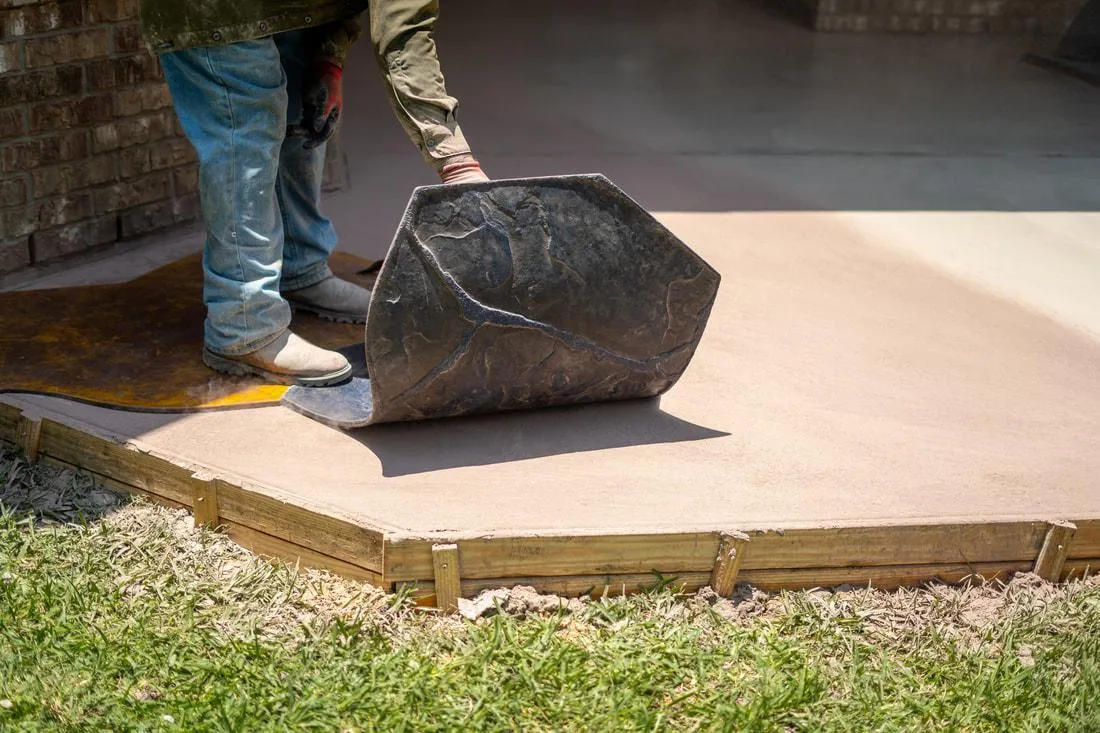
Stamped Concrete is a concrete surface that is imprinted or patterned. It is often embossed and can look like many different materials. It is an old technique that dates back to the Romans. Today, many people choose to use this type of material for their homes and businesses. Here are a few different designs that can be created with this product.
Stamped concrete is typically one or more different colors. The base color is the primary color and it is chosen to reflect the natural color of the building material. The color is created by mixing a pigment or color hardener into the concrete. Then, the color is applied to the surface. This allows for an even distribution of color throughout the concrete.
For an indoor stamped concrete project, the best type of paint to use is water-based acrylic. This type of paint doesn’t contain solvents, which can cause health problems for homeowners. Stamped concrete can also crack or break if the subgrade isn’t perfect. This includes the right soils and compaction, as well as proper grading that channels water away from the concrete. Any imperfections in these elements can lead to cracks and unevenness, which will ruin your beautiful concrete.
Stamped Concrete is a concrete surface that is imprinted or patterned. It is often embossed and can look like many different materials. It is an old technique that dates back to the Romans. Today, many people choose to use this type of material for their homes and businesses. Here are a few different designs that can be created with this product.
Stamped concrete is typically one or more different colors. The base color is the primary color and it is chosen to reflect the natural color of the building material. The color is created by mixing a pigment or color hardener into the concrete. Then, the color is applied to the surface. This allows for an even distribution of color throughout the concrete.
For an indoor stamped concrete project, the best type of paint to use is water-based acrylic. This type of paint doesn’t contain solvents, which can cause health problems for homeowners. Stamped concrete can also crack or break if the subgrade isn’t perfect. This includes the right soils and compaction, as well as proper grading that channels water away from the concrete. Any imperfections in these elements can lead to cracks and unevenness, which will ruin your beautiful concrete.

Contact Information
Property Information
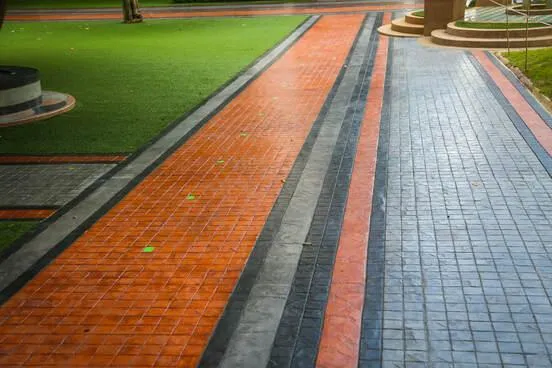
Stamped Concrete is available in a variety of colors and patterns. The most popular patterns include natural stone patterns, brick patterns, cobblestone patterns, and wood patterns. Many people choose patterns that blend with the existing architecture or landscaping. The brick pattern, for example, is usually colored in russet or red hue. In addition to color schemes, stamped concrete can be used to create decorative borders and contrasting color patterns.
Stamped concrete is an art form. It requires special tools and experience. It is best to hire a professional to install your stamped concrete project. The results will be much more consistent. Stamped concrete should be cured for at least 24 hours before use. A sealant should be applied to the finished product. The process of creating stamped concrete involves several stages. First, a release agent is used to keep the stamp from sticking to the concrete surface. This release
agent also provides the concrete with a color accent. Generally, a darker release agent is used over a lighter base color. Then, the stamped concrete is textured. The colored release agent is then embedded into the textured surface of the concrete. Once the process is complete, the concrete can be finished.
Our stamped concrete in Emporia, Kansas Concrete Contractor is a great option for residential paving or pool decks. It offers a variety of patterns and is very durable. It can also be used for other purposes. For example, you can use it to imprint your handprint or the initials of a loved one. Stamped concrete can be combined with other decorative elements like exposed aggregate, acid staining, or decorative concrete elements. Stamped overlays make walls and floors look more attractive, and can even be imprinted onto concrete countertops. Stamped concrete requires less maintenance than other types of concrete. However, regular maintenance is still necessary. The surface should be cleaned with a mild detergent, sometimes every two to three years, depending on the frequency of use. Sealing is an important part of the process, and it will help maintain the quality of the surface for many years to come.
Stamped concrete is a cost-effective alternative to natural stone and pavers. You can save money on installation by using it for driveways, walkways, and patios. Depending on the amount of detail that you choose, it can cost from eight to twelve dollars per square foot. You can even get intricate designs or add patterns to a concrete surface for a slightly higher price. Another advantage of stamped concrete is that it is durable. You can design it to look like brick or stone pavers, and you can also design a smoother surface by using a textured surface. This type of concrete is also relatively inexpensive and requires less upkeep than other materials. However, it is important to consider that some types of stamped concrete require sealing after three to five years. This will prevent the concrete from staining and water damage. Stamped concrete is a great option for your patio, driveway, and even outdoor staircase. With the right design, it can add a special touch to your outdoor living space. Stamped concrete also comes in a variety of colors and patterns.
The Basic Procedure For Stamped Concrete
There are two basic procedures that are followed to create stamped concrete. The first is the process of adding the Base Color, while the second is the process of stamping the patterns on the concrete surface. Regardless of the concrete surface texture and color, these two procedures should be followed for a smooth imprint.
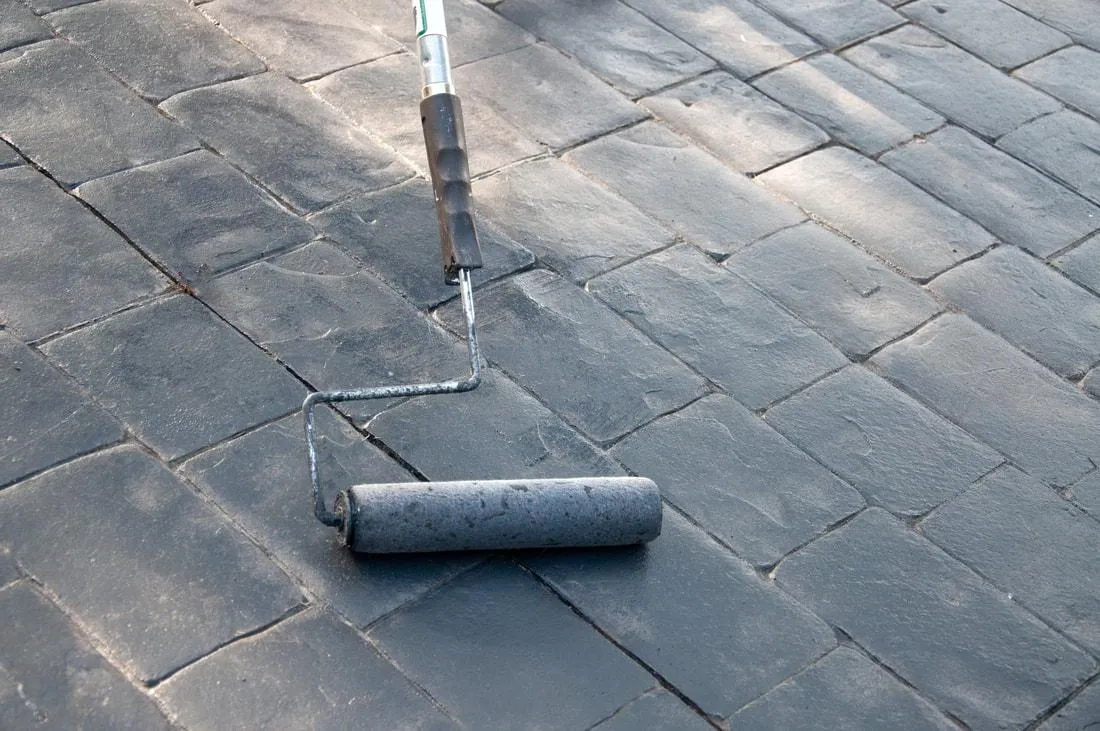
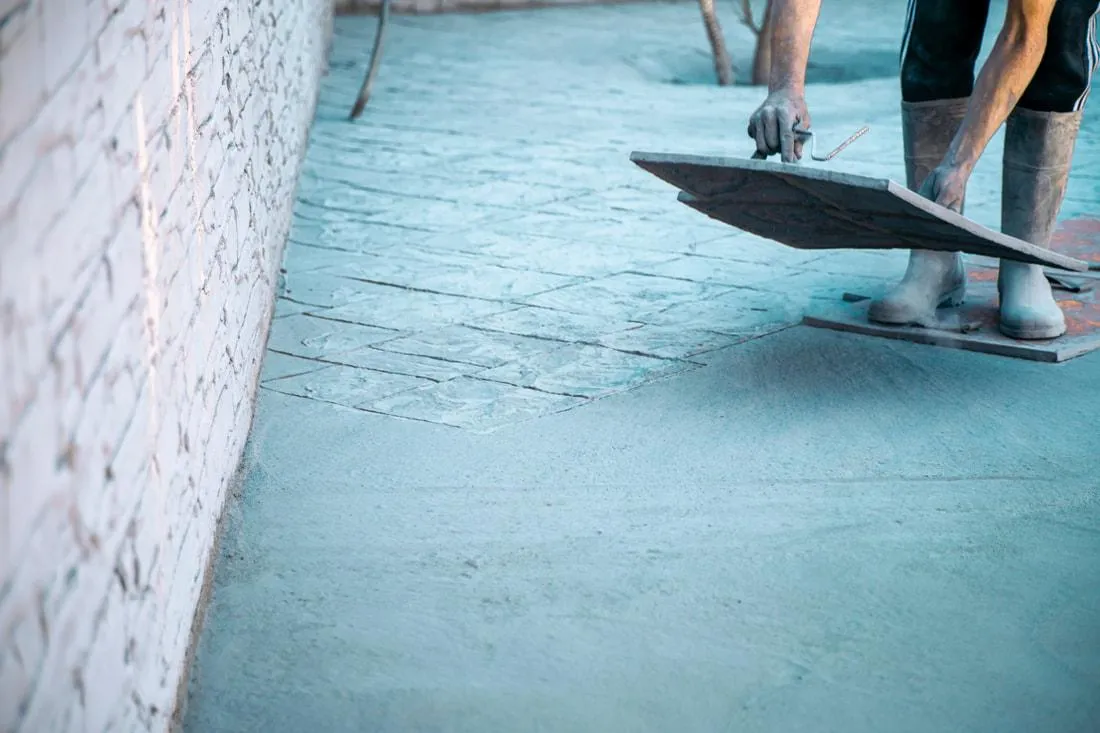
Addition of Base Color
Adding a base color to stamped concrete is a popular method of improving the appearance of a concrete surface. This process allows you to create patterns without sacrificing the natural look of the concrete. When planning a stamped concrete project, make sure to pick a pattern that will coordinate with the surrounding flooring. It is also important to select an accent color for the stamped design.
Colors are added to concrete in two ways: by mixing the color directly into the concrete, or by applying it as a coating. The former method is called integral color and pigment, while the latter involves applying a color hardener over the surface of the concrete. Depending on the application method, this process can produce subtle tonal variations and highlights that mimic natural stone, tile, or wood.
Using a base color to stamp concrete can give a natural look and extend the life of the concrete. Stamped concrete is more durable than laying stone, and it offers limitless design possibilities. You can choose a color that complements existing elements in your home, including brick, tile, or slate. Stamped concrete can also be used to enhance the look of a patio, pool deck, or walkway.
To add color to stamped concrete, the base color should be lighter than the accent color. You should also choose a release agent that accents the base color. Darker-colored release agents work best over lighter base colors, while lighter-colored ones work best over lighter shades. Once you have chosen the release agent, you can start stamping the concrete surface by pressing the stamping tools into the concrete. This creates a texture, which then embeds the colored release agent.
Addition of Accent Colors
Adding accent colors to your stamped concrete is a great way to add an extra splash of color to your concrete. These colors will blend with your home’s color scheme and imitate other materials such as brick and trim. To achieve the best results, start by choosing a base color that matches your house’s exterior. Once you’ve decided on a base color, you can then choose a release agent to give it more variation. Some release agents come in powder form, while others come in liquid form.
You can use multiple base colors for your stamped concrete project. One base color acts as the main color of the concrete, while another acts as an accent color. This way, the colors harden in varying hues that look more natural. You can choose similar colors to create subtle shifts in color, or you can choose contrasting colors to achieve more dramatic marbling.
Adding accent colors to your stamped concrete project can give it a more natural look. Unlike laid stone, stamped concrete is durable and lasts for a long time. You can even match your accent colors to existing elements of your home. The possibilities are endless! And as you can create an attractive design with stamped concrete, you can match it to other elements of your home.
While stamped concrete looks great, you will need to take good care of it. You’ll need to clean the surface, and you may want to use a sealant to protect it from damage. The release agent can be found in different types of products. You’ll want to check the product’s instructions before beginning.
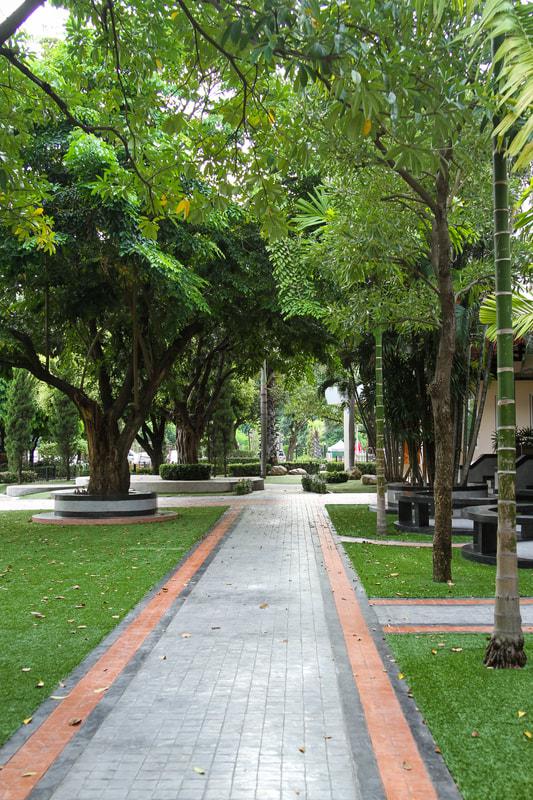
Stamping Patterns over the Concrete Surface
Stamping patterns over a concrete surface requires time and attention. It is important to plan the stamping process and to ensure that the area is as dry as possible. For best results, apply for Tru Impression Liquid Release evenly over the surface to be stamped. If the surface is seamless, apply for the Liquid Release along the edges of the skin by four to six inches.
Two basic types of stamping mats are available: rigid and flexible. Rigid stamp mats are thicker and usually have a handle for easy application. Semi-rigid stamp mats are thinner and usually used on surfaces with contours or slopes. Both types of mats can be used to stamp over the concrete surface. The first step is to spread Tru Impression Liquid Release evenly over the entire surface. It is important to do this methodically so that the stamping process goes smoothly. Also, if you’re using seamless skins, overlap the edges by four to six inches.
The next step is to check the viscosity of the concrete mix. If the concrete is too viscous, it will not stamp properly. When adding water, make sure to add a little water at a time. This will ensure an even distribution of the pattern. If you’re using the same stamps for more than one project, use separate stamps for each pattern.
Then, apply a release color over the entire surface. The release color will keep the stamp from sticking to the surface and will add an accent color to the concrete. The release color should be complementary to the base color, so a darker color will look best. Once the release color is applied, start tamping the stamping tools into the surface. This will create texture and embed the colored release agent in the concrete surface.
Stamping patterns over the concrete surface is a popular decorative concrete method. It has become widely popular in the western world and is mainly used to decorate sidewalks, driveways, and car porches. However, it can also be used in new constructions. With the right technique, a stamping overlay can add texture to walls and revitalize an existing concrete floor.
